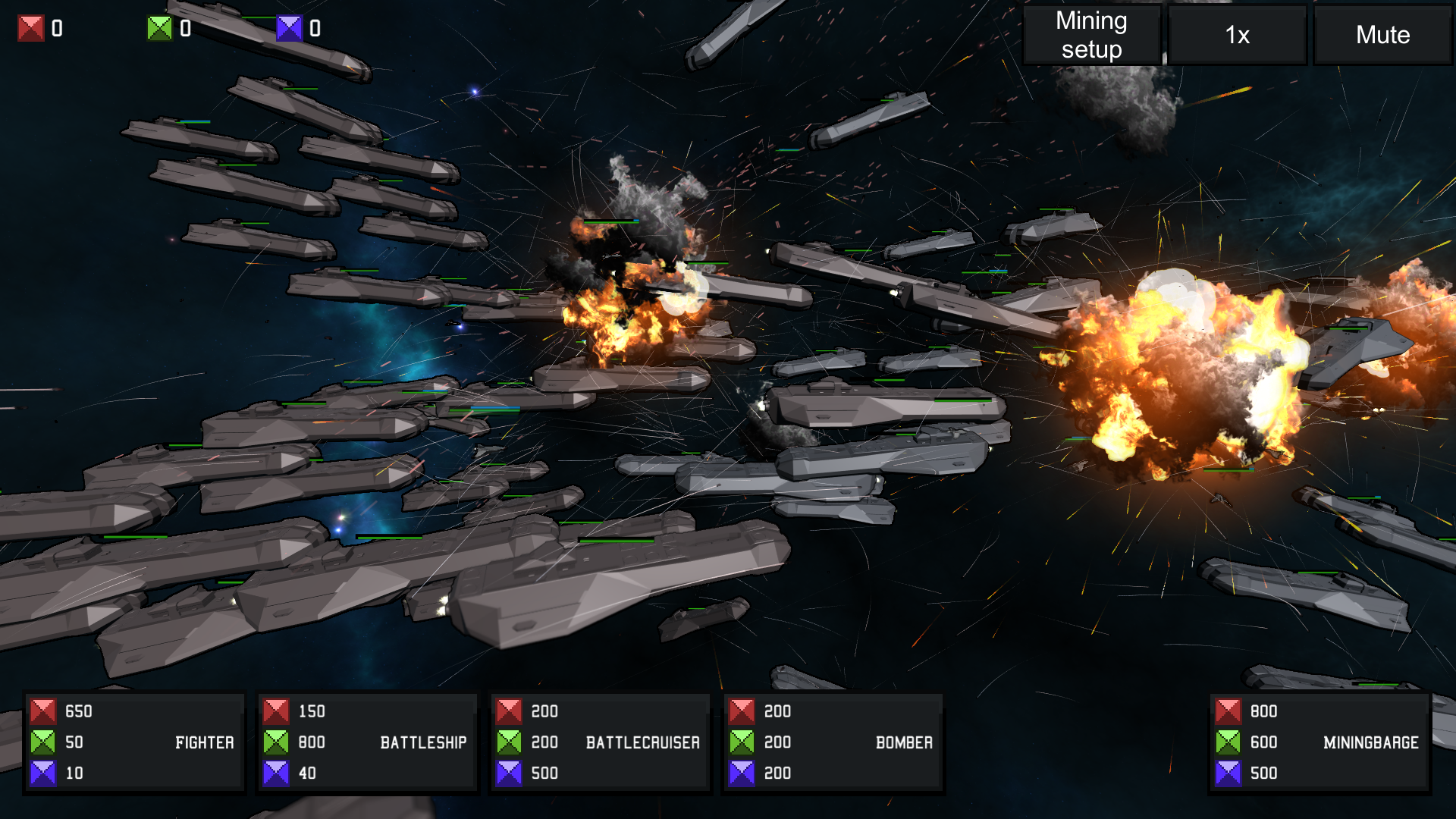

In addition, the farther away these galaxies seemed to be (the dimmer they appeared to us) the greater was their redshift, and thus the faster they seemed to be moving away. Spectra taken of these distant galaxies showed a red shift in their spectral lines presumably caused by the Doppler effect, thus indicating that these galaxies were moving away from the Earth. In addition, these galaxies were very large and very far away. Earlier in the 20th century, Hubble and others resolved individual stars within certain nebulae, thus determining that they were galaxies, similar to, but external to, our Milky Way Galaxy. Slipher, combined with distances to the ' nebulae' ( galaxies) by Edwin Hubble in a work published in 1929. The first direct observational hint that the universe was not static but expanding came from the observations of ' recession velocities', mostly by Vesto M. Einstein's model of a static universe was proved unstable by Arthur Eddington. In order to remain consistent with a steady-state universe, Einstein added what was later called a cosmological constant to his equations. In 1915 Albert Einstein published the theory of general relativity and in 1917 constructed the first cosmological model based on his theory. No scientific explanation for this contradiction was put forth at the time. The concept of entropy dictates that if the universe (or any other closed system) were infinitely old, then everything inside would be at the same temperature, and thus there would be no stars and no life. The first scientific theories indicating that the age of the universe might be finite were the studies of thermodynamics, formalized in the mid-19th century. Nonetheless, most scientists throughout the 19th century and into the first decades of the 20th century presumed that the universe itself was Steady State and eternal, possibly with stars coming and going but no changes occurring at the largest scale known at the time. In the 18th century, the concept that the age of Earth was millions, if not billions, of years began to appear. The range of the estimate is also within the range of the estimate for the oldest observed star in the universe. Measurements of the cosmic background radiation give the cooling time of the universe since the Big Bang, and measurements of the expansion rate of the universe can be used to calculate its approximate age by extrapolating backwards in time. These studies include researches of the microwave background radiation by the Planck spacecraft, the Wilkinson Microwave Anisotropy Probe and other space probes. The uncertainty of the first kind of measurement has been narrowed down to 20 million years, based on a number of studies that all show similar figures for the age. Astronomers have derived two different measurements of the age of the universe: a measurement based on direct observations of an early state of the universe, which indicate an age of 13.787 ☐.020 billion years as interpreted with the Lambda-CDM concordance model as of 2021 and a measurement based on the observations of the local, modern universe, which suggest a younger age. To read the article, see “ Space: The missing element of your strategy,” March 27, 2023.In physical cosmology, the age of the universe is the time elapsed since the Big Bang. Source: American Enterprise Institute Center for Strategic & International Studies CPI inflation calculator, expert interviews National Renewable Energy Laboratory NCTA – The Internet & Television Association McKinsey analysis Products may not be comparable on other factors (eg, satellites may not be comparable on data rates, signal-to-noise ratio, lifetime, but the increase is notable even on other dimensions, such as dollar per bit). Comparisons reflect products with similar end markets however, they are not meant to construe perfect substitutes. The overall impression is that cost performance for satellites has dropped impressively compared with other technologies.įootnote 1: Prices are converted to 2022 dollars. Two cases are highlighted within the circles: a 2013 medium-resolution satellite cost ~3,500 times that of a medium-resolution satellite in 2022, and a 2016 high-resolution satellite cost ~333 times what a similar satellite cost in 2022. The examples highlight the rapid reduction in cost of satellites.

#Age of space Pc#
Comparisons include a plasma TV, which was 5 times more expensive in 1997 than in 2007, and an IBM mainframe computer, which was 765 times more expensive in 1970 than an IBM PC in 1984.
#Age of space series#
A series of blue and gray circles show the proportional change in costs over time as multiples of the later much cheaper cost.


 0 kommentar(er)
0 kommentar(er)
